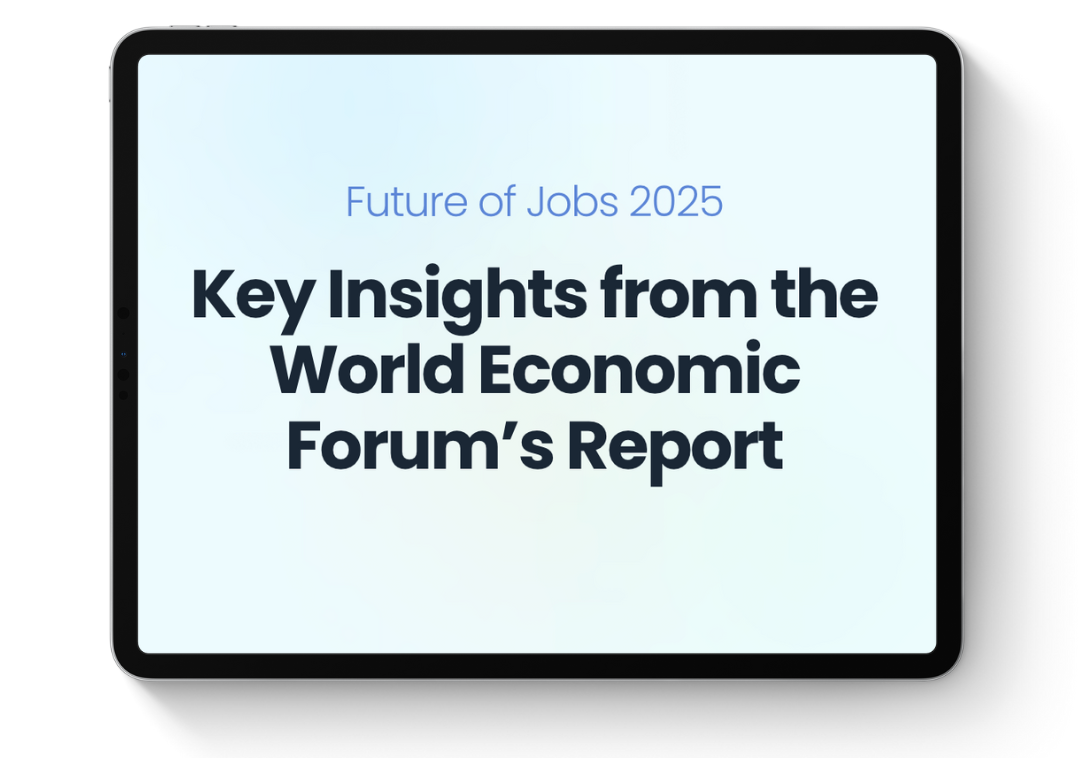Digital transformation, shorter product cycles, and widening skill gaps are turning traditional headcount planning on its head. In the EU alone, nearly 30 million people already work on a project basis via digital platforms—and that number is expected to rise to 43 million by 2025. At the same time, 8 out of 10 executives already work with freelancers, and two-thirds plan to increase their freelancer engagement over the next two years. Deloitte calls this shift a “boundaryless workforce”—where jobs and contracts no longer define how work gets done.
So how do you turn this trend into a scalable strategy? Welcome to Workforce Planning 2.0.
From Headcount to Skillcount: Why Planning Needs a New Logic
Three major shifts are reshaping workforce planning:
- The AI boom is intensifying talent shortages, especially in data and engineering roles. Some vacancies now remain open for over 70 days.
- Macroeconomic pressure is forcing companies to rethink budgets; fixed hires are scrutinized, while variable costs (like freelancers) are gaining appeal.
- Demand for capacity fluctuates more than ever due to campaign cycles, releases, and seasonality—needs that fixed teams can’t easily absorb.
Freelancers act as a flexible layer of skills and capacity. Companies already leveraging blended teams report up to 18% faster time-to-market and double-digit cost advantages.
Where Freelancers Deliver the Most Value
Freelancers thrive in high-specialization scenarios: a prompt engineer for a niche AI use case, a CRO specialist for a two-week audit, or a multilingual content team for a rapid market launch. They help absorb demand spikes (e.g. peak ecommerce seasons), bring cross-industry insights, and facilitate market entry without the need for local entities. Many leave behind playbooks, documentation, or training materials that empower in-house teams long after the project ends.
The 5-Step Plan to Total Talent Management
Modern workforce strategies start with a quarterly skill forecast. Identify what capabilities your team needs, assess current strengths, and map gaps.
Then segment needs using the Build-Borrow-Buy-Bot framework:
- Build internally
- Borrow via freelancers
- Buy with permanent hires
- Bot through automation
Next, set up a curated talent pool so experts can jump in on short notice. Then focus on collaboration infrastructure: unified workflows, streamlined IP/NDA handling, and central project boards (like Jira) keep things smooth. Finally, set up offboarding and reboarding: capture knowledge, gather reviews, and ensure top performers are easily re-engaged.
Governance, Tools & Processes
Many companies now run a small Center of Excellence (CoE) that brings HR, procurement, and finance together to define shared standards. A modern tech stack combines VMS, ATS, skill taxonomies, and BI dashboards. Automation handles contracts and compliance checks, keeping legal friction low.
The KPI Cockpit for Workforce Planning 2.0
Without metrics, strategy is just a hunch. These 5 KPIs have proven effective:
- Workforce Mix: Share of external workers vs. total headcount, ideally within a target range (e.g. 25% to 35%).
- Skills Coverage: % of critical roles currently filled. Anything below 90% signals a gap.
- Time-to-Skill: Days from request to first tangible deliverable. Less than 7 is best-in-class.
- Cost per Skill: Cost per project or day vs. actual output. Benchmarks vary widely by industry—internal tracking is key.
- Talent NPS: How satisfied are internal teams with freelance output? A score of 8+ (out of 10) indicates solid success.
Quarterly reviews help identify bottlenecks early and give finance/HR teams clear data to plan with.
Pitfalls to Avoid (and How to Fix Them)
- Shadow hiring: Avoid untracked freelance hires by enforcing centralized procurement and talent pool usage.
- Knowledge silos: Standardized handover templates and wiki obligations help keep insights accessible.
- Cultural friction: Avoid “us vs. them” mindsets. Encourage virtual coffee chats and shared retros to build trust.
- Tool chaos: Too many platforms lead to KPI blind spots. Centralize tooling and enable Single Sign-On to simplify access.
Conclusion
Freelancers are no longer Plan B. They’re a strategic lever for agility, innovation, and cost efficiency. With forward-thinking planning, clear processes, and a streamlined KPI setup, you can turn freelancers from ad hoc support into an essential pillar of your workforce strategy—and future-proof your business.














































